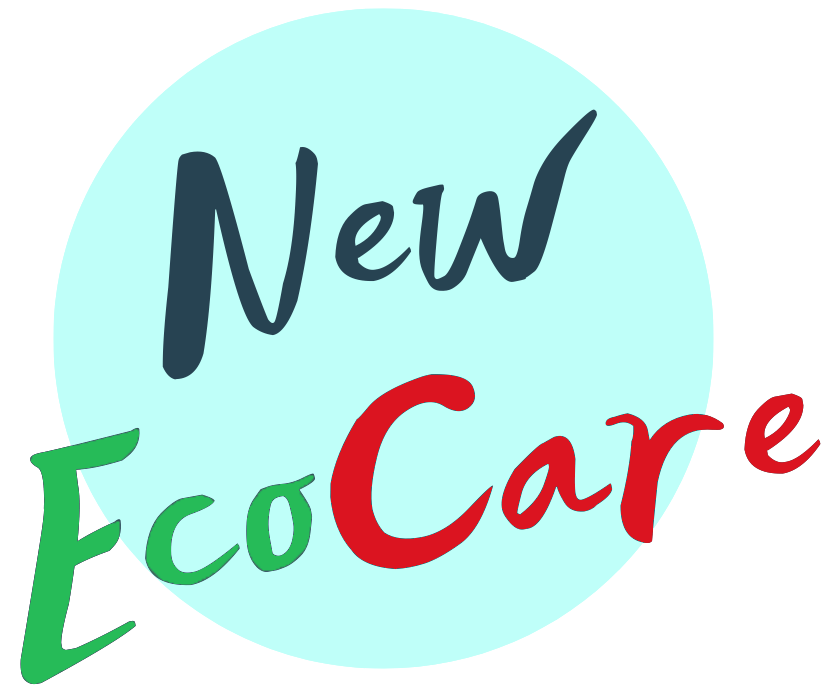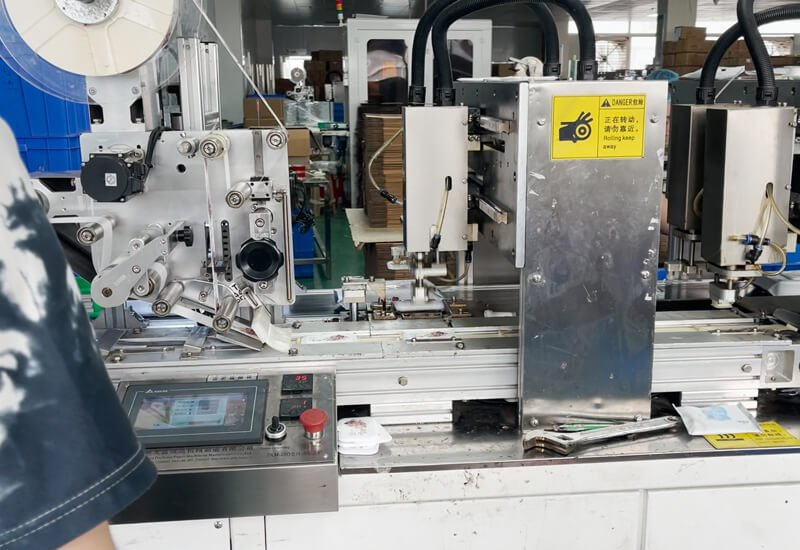Wet wipes have become a household staple, present in homes, cars, workplaces, and nearly everywhere we go. Initially designed for simple cleaning tasks, wet wipes are now available in a variety of types for diverse purposes, such as baby care, skincare, cleaning, and disinfecting. The evolution of wet wipes reflects changing consumer expectations for convenience, safety, and sustainability.
1. Evolution of Wet Wipes: From Basics to Essentials
Early Use and Evolution of Wet Wipes
Originally developed for their convenience in personal care and hygiene, wet wipes have undergone remarkable transformations. From their early designs focused on baby care, wet wipes expanded into healthcare, cleaning, and even travel uses. Modern consumers have come to expect high-quality, purpose-driven products that suit various aspects of daily life, making them essential in many households.
2. Types of Wet Wipes and Their Unique Benefits
Categories of Wet Wipes: Baby, Facial, Cleaning, Disinfecting, and More
Wet wipes now serve specific functions and audiences. Here’s a breakdown:
- Детские салфетки: Safe and gentle, ideal for infants.
- Facial Wipes: Include moisturizers for makeup removal or skincare.
- Cleaning Wipes: Designed to handle household surfaces.
- Disinfecting Wipes: Stronger to kill germs and bacteria effectively.
Benefits and Uses of Each Type
Each category of wet wipes offers unique advantages. For example, facial wipes provide a quick cleansing option on the go, while disinfecting wipes have become indispensable in settings that require sanitation.
3. The Role of Innovation in Wet Wipes Manufacturing
New Materials and Eco-Friendly Innovations
Innovation in wet wipes is heavily focused on environmental impact. Manufacturers are experimenting with plant-based and biodegradable materials to minimize waste.
Advanced Manufacturing Processes
From automated quality checks to precise ingredient measurement, advanced manufacturing ensures consistency and safety in every product.
4. Sustainable Practices and Eco-Friendly Wet Wipes
Biodegradable and Compostable Options
Eco-conscious consumers increasingly seek biodegradable wipes. Manufacturers now offer compostable options that break down in a fraction of the time of traditional wipes.
Environmental Certifications and Standards
Many brands pursue eco-certifications like FSC and ISO to showcase their commitment to the environment, giving consumers confidence in their choices.
5. Enhanced Ingredients for Health and Safety
Use of Natural and Hypoallergenic Ingredients
Ingredients like aloe vera and chamomile enhance comfort and reduce irritation, especially for sensitive skin.
Antibacterial and Antiviral Properties
For consumers concerned with sanitation, certain wipes are enriched with antibacterial ingredients that offer an extra layer of protection.
6. Packaging Innovation: Making Wet Wipes More Accessible
User-Friendly Packaging Styles and Designs
Packaging now caters to diverse needs, from easy-pull dispensers to resealable packs that maintain freshness.
Travel-Ready and Portable Packaging
Compact, travel-ready options are now available for consumers who require wipes on the go, reflecting a focus on convenience.
7. Customization and Personalization in Wet Wipes
Customized Wet Wipes for Specific Needs
Wet wipes are now tailored for niche markets, such as gym-goers, campers, and even pets.
Targeted Products for Niche Markets
Manufacturers are tapping into niche demands, providing products like makeup-removing wipes or antiseptic wipes for specific audiences.
8. Technology Integration: Enhancing User Experience
Smart Packaging and RFID Tags
Some products come equipped with smart packaging or RFID tags that provide more information on usage.
Use of QR Codes and App Integration for Information
QR codes allow consumers to access product information, instructions, and additional details conveniently on their smartphones.
9. Quality Control and Safety Standards in Manufacturing
Adherence to Global Safety Standards
Manufacturers comply with safety standards like ISO 22716, ensuring products meet global hygiene standards.
Stringent Quality Control Measures
Rigorous testing for durability, skin safety, and effectiveness is integral, providing customers with high-quality and reliable products.
10. Future Trends in Wet Wipes: What to Expect
Predictions for the Future of Wet Wipes
Future trends include an increased focus on green manufacturing processes, smart packaging, and enhanced health benefits to meet evolving consumer needs.
Заключение
Wet wipes have transitioned from basic cleaning products to versatile, innovative, and highly customized items that reflect consumer priorities like convenience, sustainability, and safety. As manufacturers continue to enhance the wet wipes experience, consumers can expect more environmentally friendly, personalized, and accessible products in the future.

